
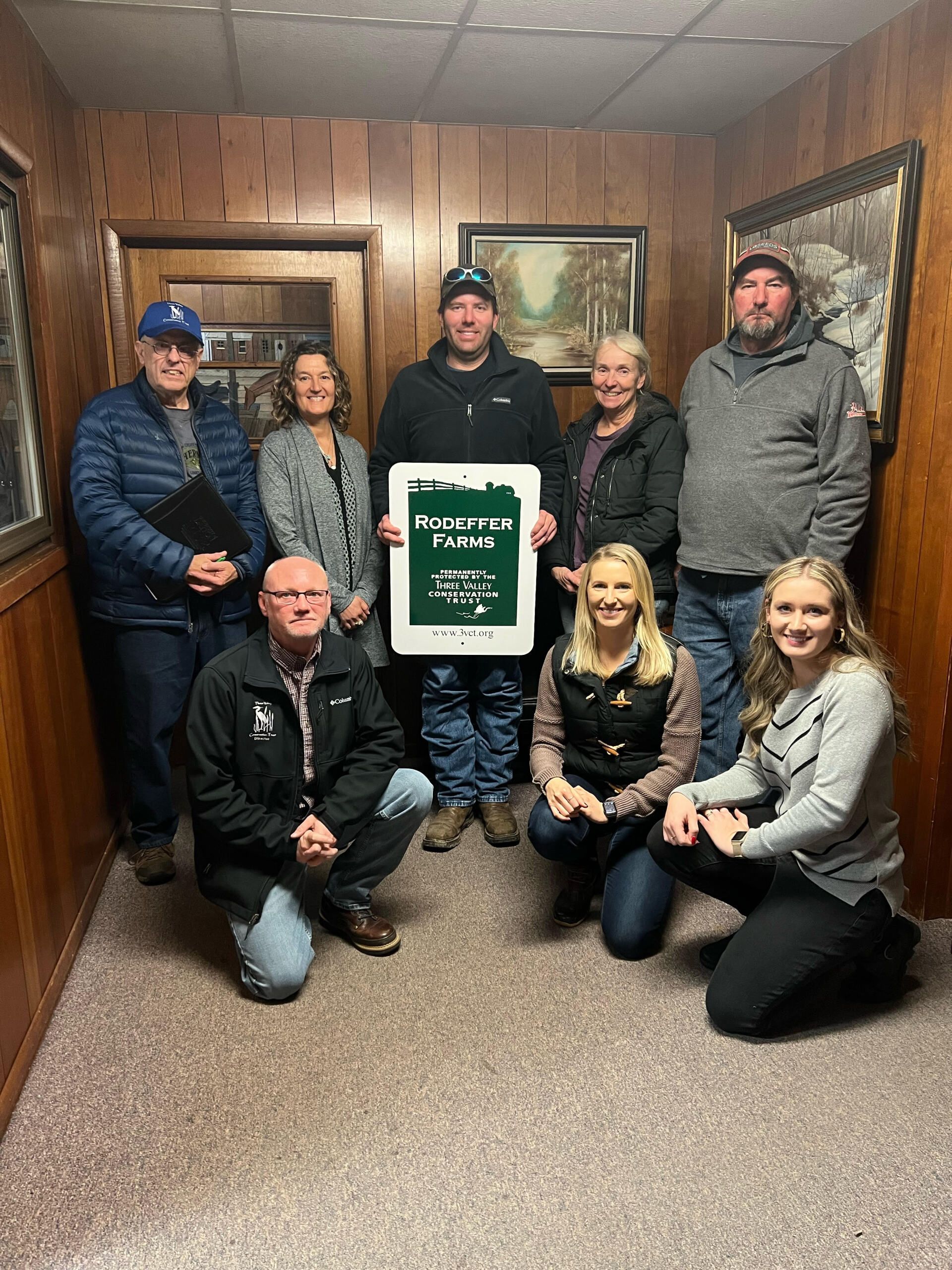

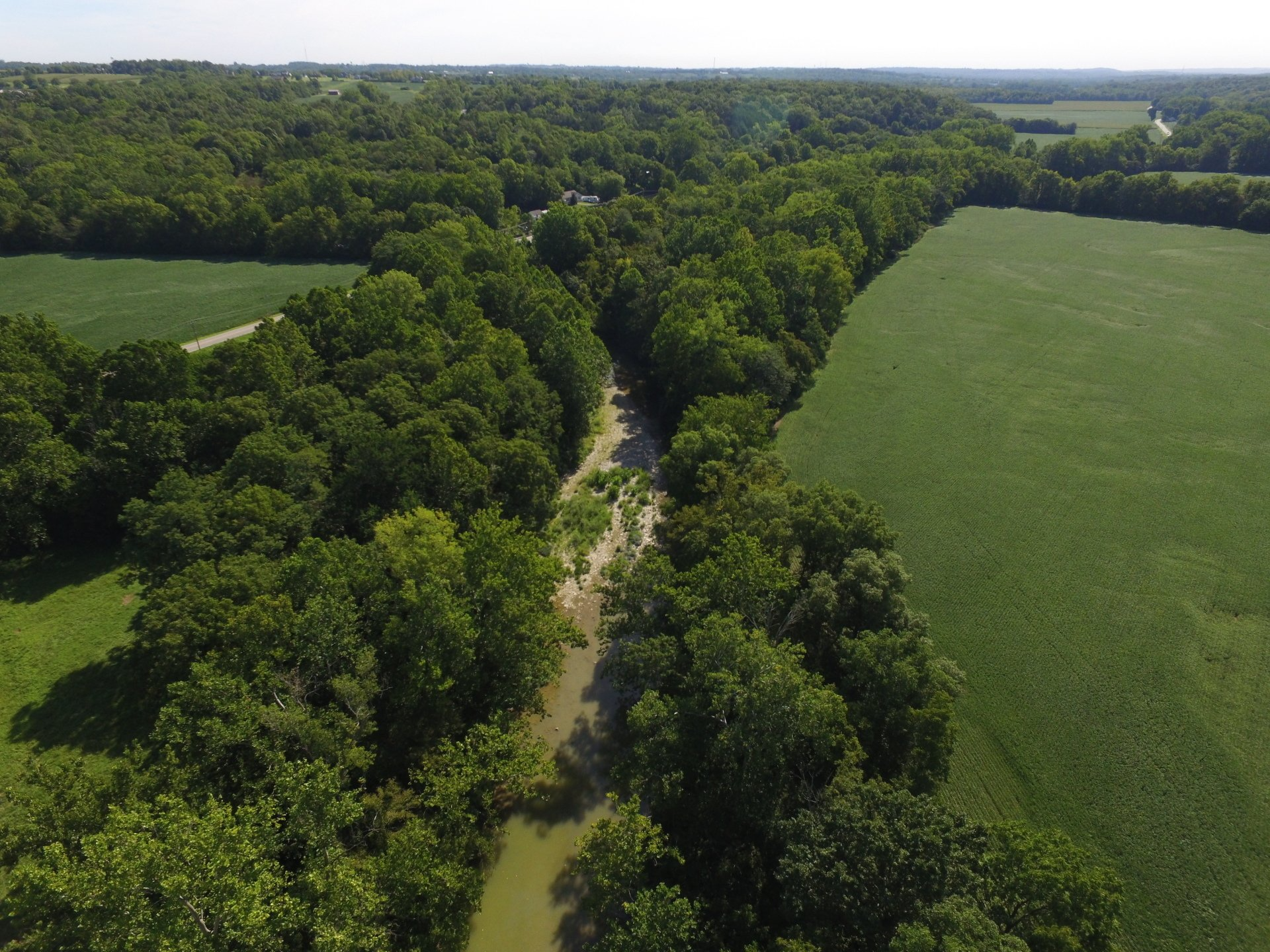


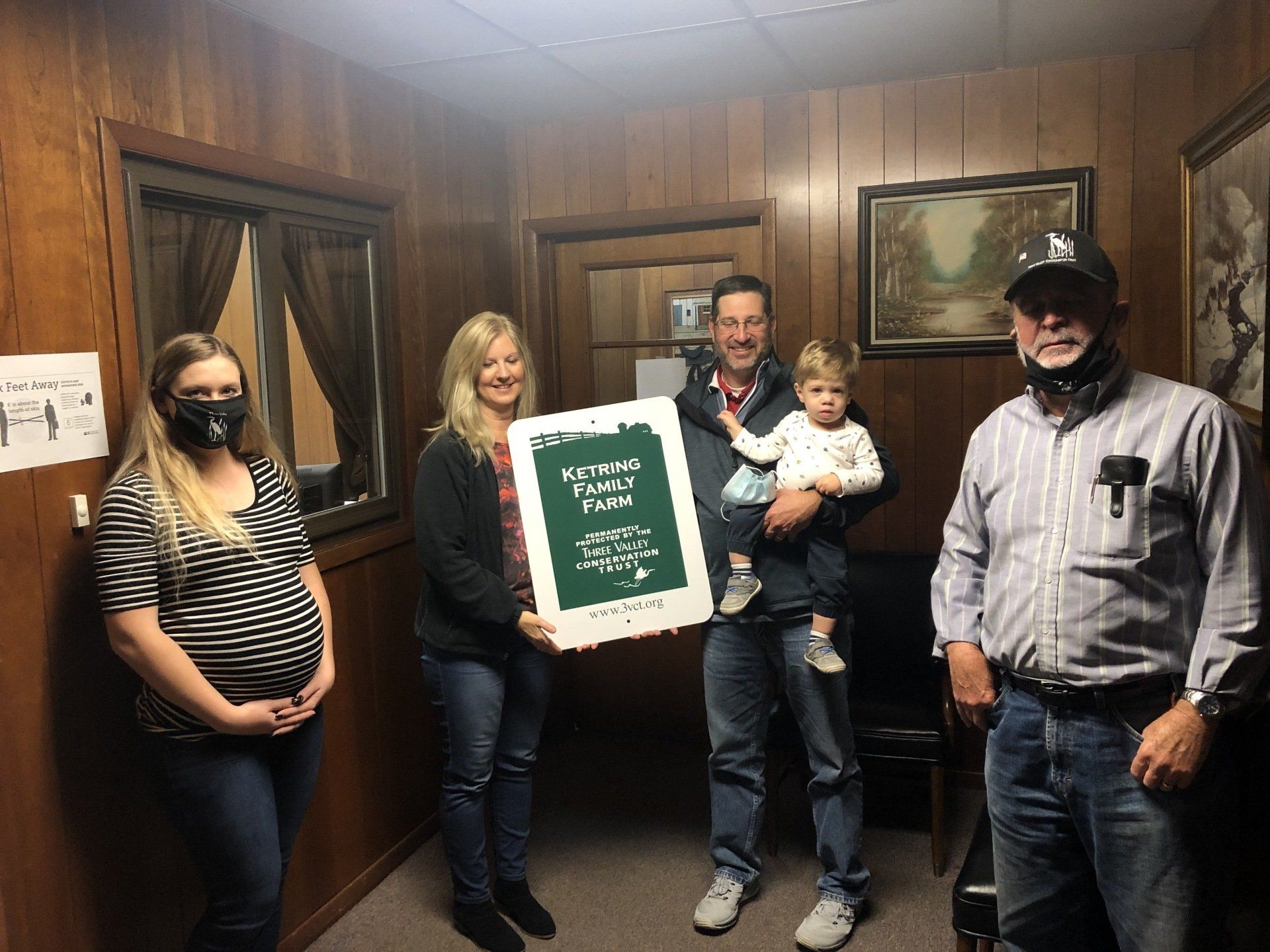
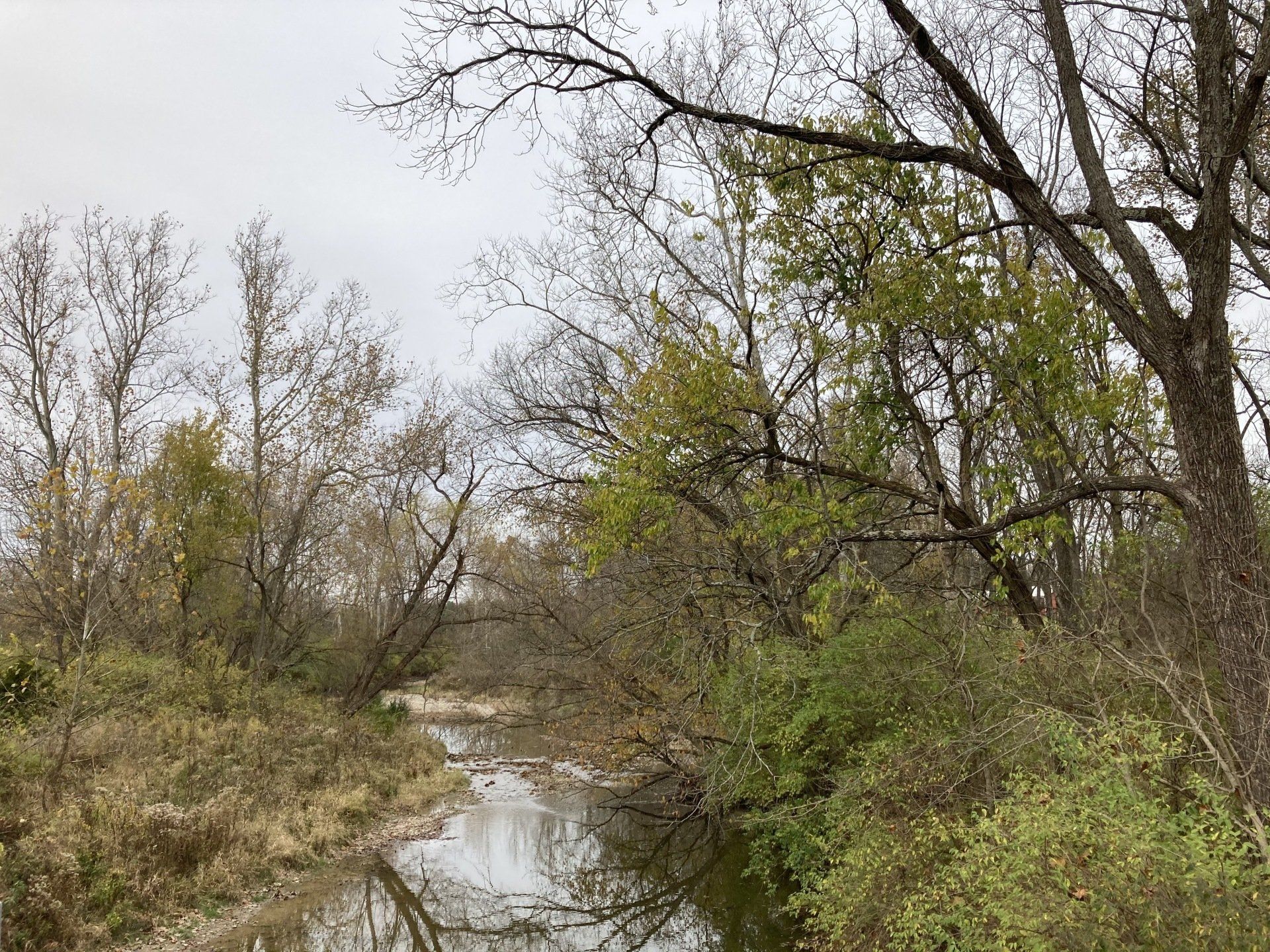
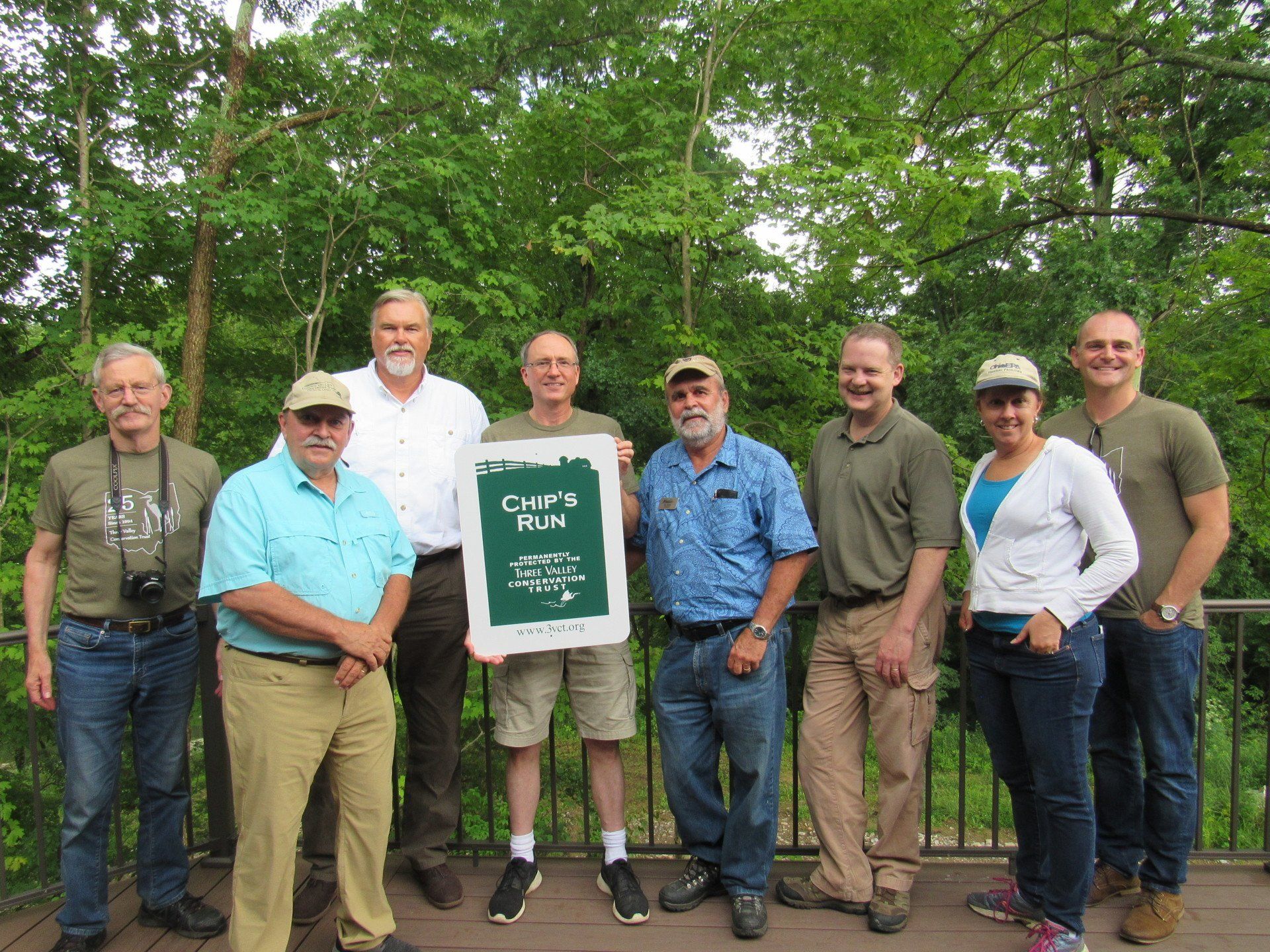
Earlier this month, Three Valley Conservation Trust staff and board members had a workshop with the National Resources Conservation Service (NRCS) at Lane Public Library in Oxford, Ohio. The NRCS , a US Department of Agriculture agency, provides technical conservation assistance to private landowners, districts, tribes and organizations. In many ways, they work to plant the seeds of conservation in the region through conservation planning, technical assistance and financial assistance.
The goal of the workshop on June 14th was to establish a dialogue between Three Valley and the NRCS, and find out ways in which our members and landowners might benefit from NRCS programs for their conservation needs.
The NRCS's two most popular programs in the region are the Environmental Quality Incentives Program (EQIP) and the Conservation Reserve Program (CRP). EQIP covers the cost of implementing conservation practices, and is geared towards working farms, ranches and forests. Some common practices in Butler County covered by EQIP include honeysuckle removal and pollinator habitat establishment and maintenance, as well as the construction of greenhouses to extend the growing season and safe waste storage facilities to protect water quality and improve waste management practices. Farmers can also use EQIP assistance for heavy use area protection, which stabilizes ground that sees frequent wear and tear in order to prevent soil erosion and improve water quality.
CRP financial assistance, on the other hand, can be used to take agricultural land out of production and put into place conservation practices that will improve its environmental health and quality. CRP contracts are 10-15 years in length, and generally convert land to pollinators, upland bird habitat buffers, grass waterways and vegetative filter strips. Such practices have been proven to increase native flora and fauna presence on land and promote environmental health. With both CRP and EQIP, the NRCS also provides strategic planning and technical assistance through their own expertise and through other regional partners, such as Pheasants Forever.
Three Valley Conservation Trust is very excited about the opportunity for our landowners to benefit from the various forms of assistance and knowledge offered by the NRCS. We will be sharing everything that we learned over the coming months. We also intend to have another workshop with the NRCS later this year, open to Three Valley landowners, where further seeds can be planted on how to improve their own conservation efforts.








